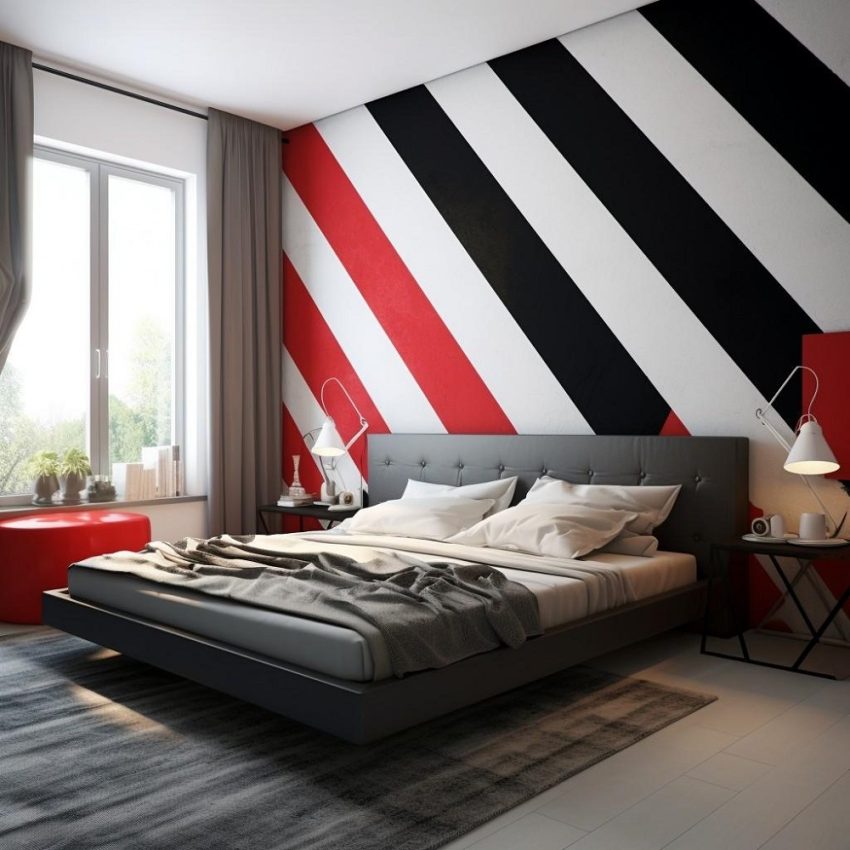Dealing with peeling paint on walls is a challenge that many homeowners face, a problem that can often point to larger concerns such as water damage, inadequate adhesion, or even the application of substandard paint. As we look toward solutions in 2024, it’s vital to address this not only as a cosmetic fix but also to prevent the issue from causing further deterioration. Peeling paint is an eyesore, certainly, but when ignored, the resulting damage can become more severe and costly to repair. To ensure the structural integrity and aesthetic appeal of your walls is preserved, a proactive approach is essential. In the following steps, we will uncover how to stop paint from peeling on wall, fostering a durable and pleasing finish that stands the test of time and keeps your home looking its best as the years progress.
Identifying the Cause of Peeling
Assessing Wall Condition
Understanding why wall paint peels off walls is the first step toward prevention. Inspect the affected areas closely. Look for signs of moisture, as it’s one of the most common causes of paint peeling. Other factors include lack of surface preparation, painting over dirty or oily surfaces, and applying paint on a wall with existing layers that are already peeling.
Address Underlying Issues
Any actions you take will be futile unless you address the root cause. If there is moisture, investigate its source. It could be a leaky pipe or poor ventilation. Tend to these issues before repainting to prevent future peeling. For surfaces issues, fully remove loose paint and thoroughly clean the wall.
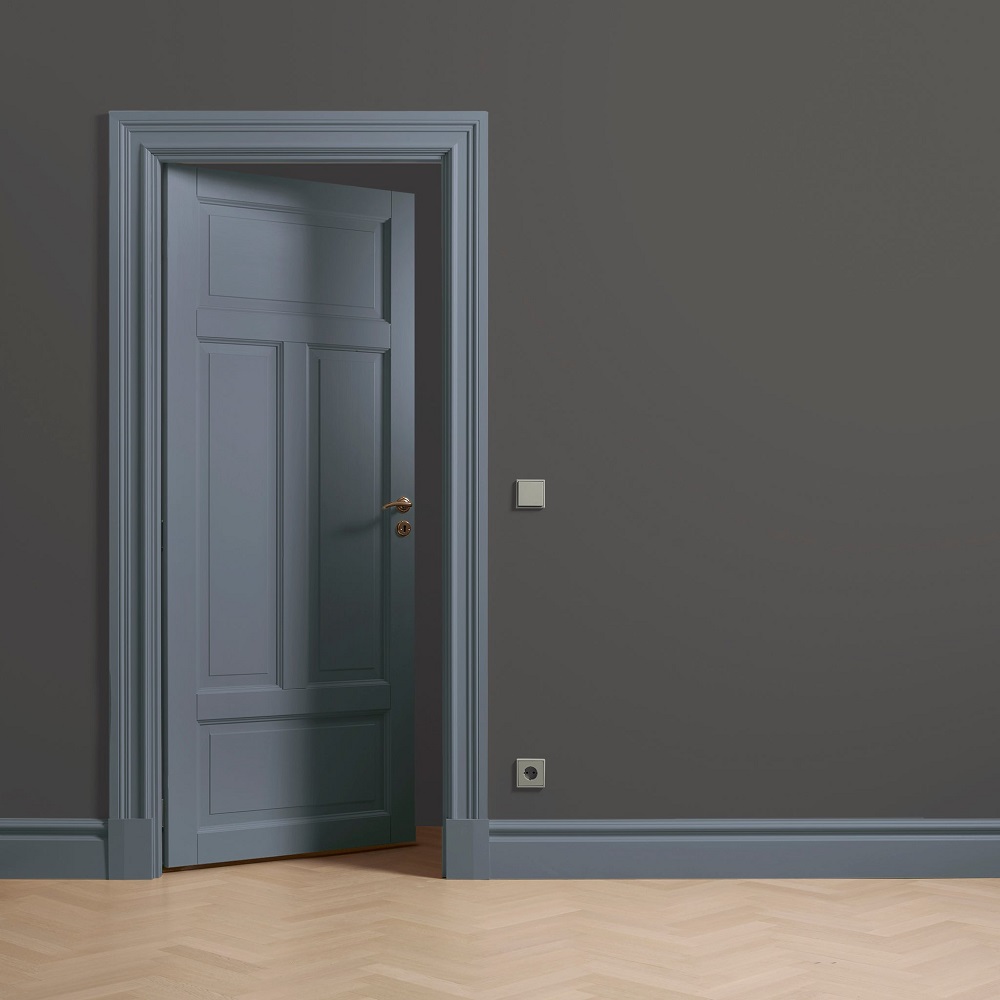
Preparing the Surface Before Painting
Removing Peeling and Loose Paint
Preparing the surface is vital for paint adhesion. Using a paint scraper or putty knife, scrape off all the peeling or chipped paint. You can also use a wire brush to eliminate smaller flakes. Sand the wall to smooth out the edges between the peeled areas and the rest of the wall.
Cleaning and Priming the Wall
Once you have removed peeling paint, clean the wall with a damp cloth to remove dust. A clean surface ensures that new paint will adhere properly. Apply a high-quality primer to the area to seal the surface and create a good bonding layer for the new paint. Allow the primer to dry completely before moving on to painting.
Choosing Quality Paint Materials
Selecting the Right Paint
The type of paint you use can influence its longevity. Invest in a high-quality paint formulated for the conditions of your room. Bathrooms and kitchens require paints that can withstand moisture and frequent cleaning. For other spaces, you might prioritize durability or ease of cleaning.
The Importance of Proper Tools
Using good-quality rollers and brushes will also help achieve a better finish and can decrease the likelihood of peeling. Inferior tools can leave behind fibers or brush marks, creating a suboptimal surface that may not hold paint well.
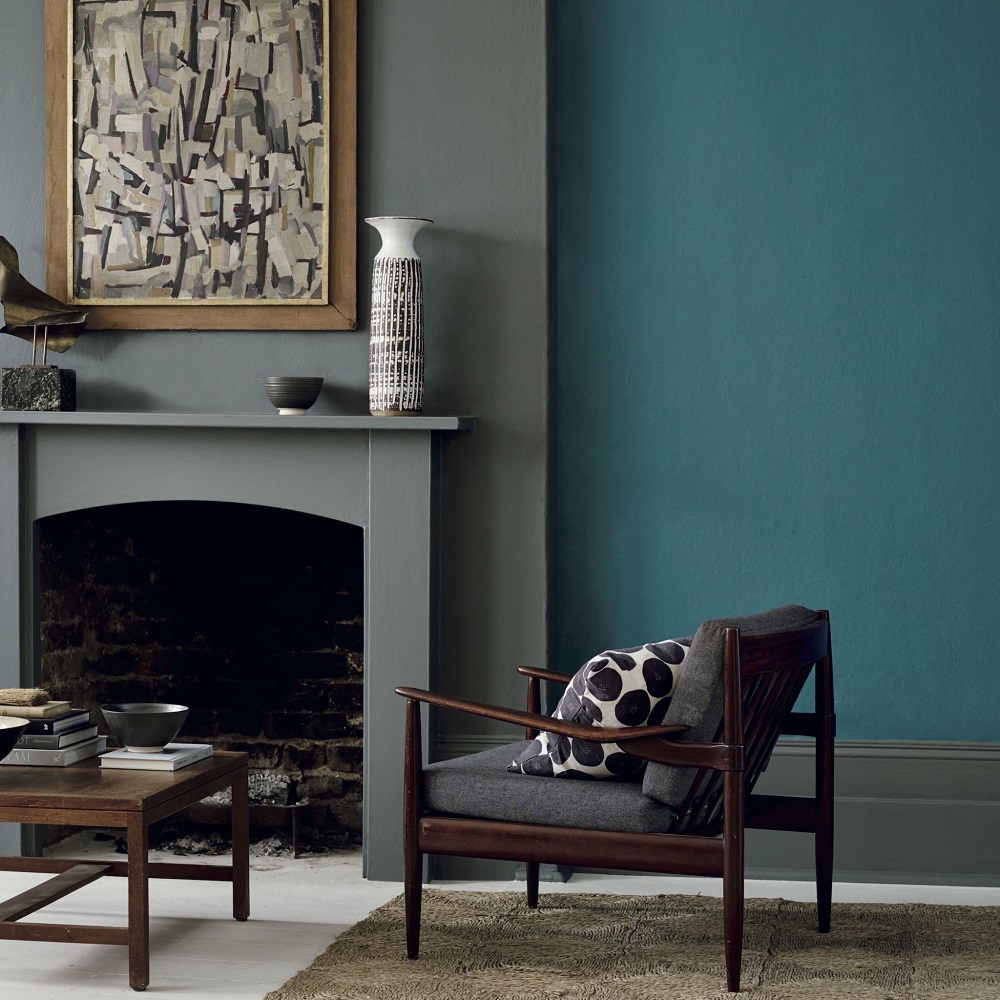
Correct Painting Techniques
Applying Paint Evenly
How you apply paint is as important as the tools you use. Cut in the edges with a brush first, then use a roller to fill in the large areas, ensuring even coverage. Avoid overloading your tools with paint, which can cause drips or an uneven application.
Letting Layers Dry
After you apply the first coat of paint, let it dry completely before adding a second layer. Rushing the process can cause the layers to not adhere properly, leading to peeling down the line. Refer to the paint manufacturer’s recommendations for drying times.
Maintaining Your Painted Walls
Regular Wall Inspections
Regularly check your walls for early signs of peeling. Catching it early can help you address it before it becomes a more significant problem. Look for bubbling or cracking, which are often precursors to peeling.
Cleaning and Upkeep
Regular upkeep can also extend the life of your paint job. Gently wash your walls with a suitable cleaner every few months to keep them free of dust and oils, which can weaken the bond between the paint and the wall. Be mindful of the wear and tear in high-traffic areas, and retouch as needed.
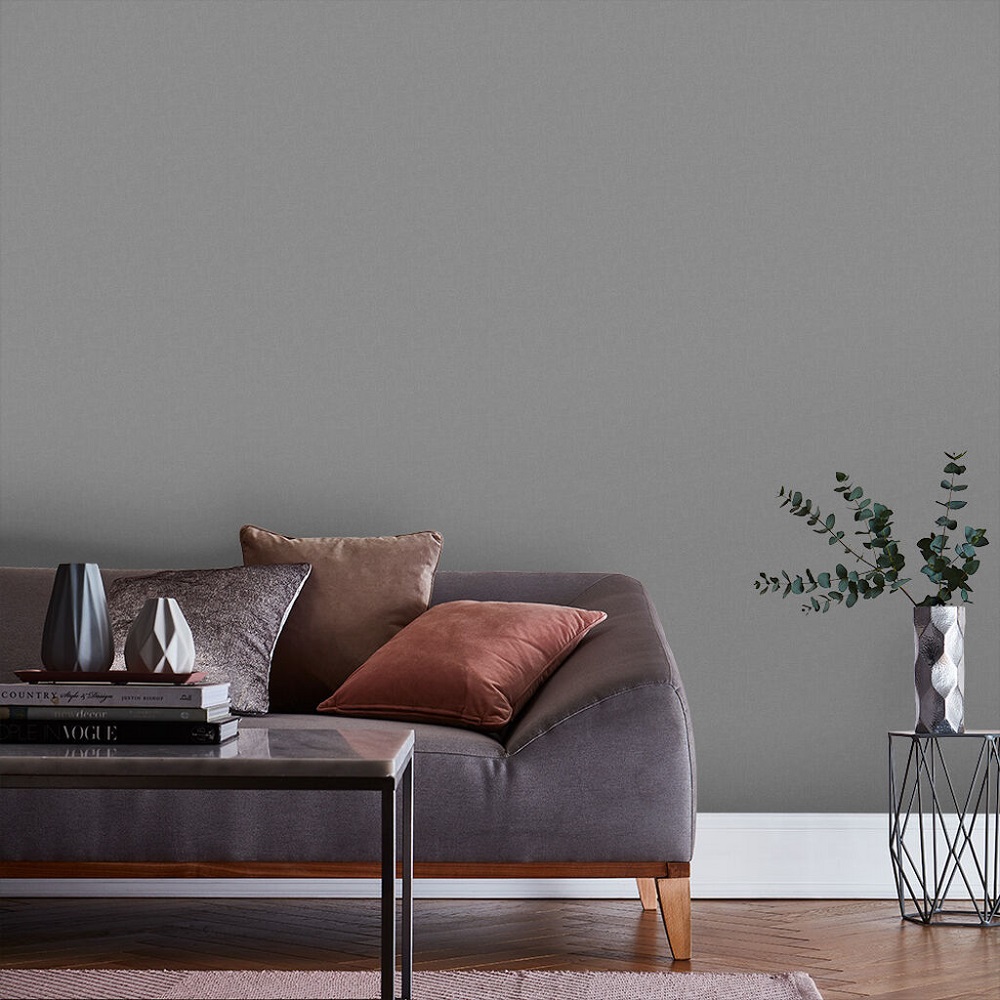
Ensuring Proper Environmental Conditions
Controlling Humidity and Temperature for Optimal Paint Adhesion
Optimal painting conditions can make a vast difference in the outcome of your work. Before you start, check the humidity with a hygrometer and ensure that it’s below 50 percent if possible. Paint when the temperature is between 50 and 90 degrees Fahrenheit. This range allows paint to cure and adhere without the interference of moisture or extreme heat, which can cause bubbling, cracking, or peeling.
Providing Adequate Ventilation for Even Drying
Ventilation is just as crucial as temperature and humidity control. Open windows to encourage a fresh air supply and use fans to push out stagnant air. This not only helps paint to dry more evenly but also removes the paint fumes from your space, creating a healthier environment to work in. Ensure that the ventilation sources do not blow directly onto the wall but instead facilitate an overall airflow in the room.
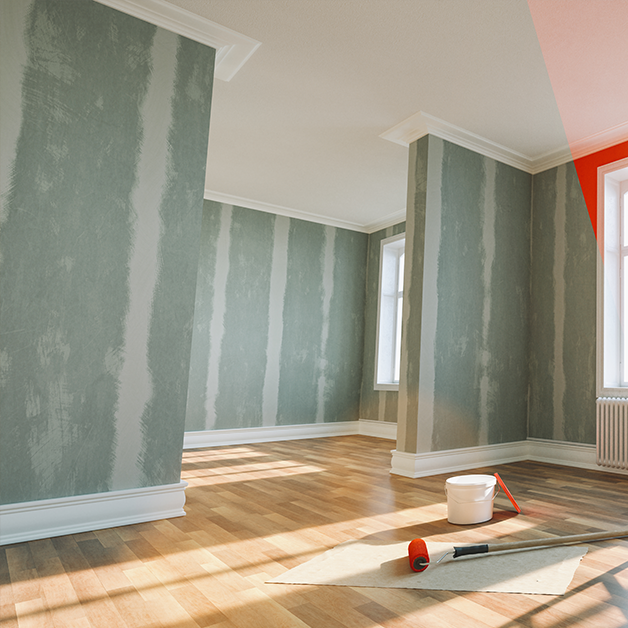
Using Sealants and Waterproofing
Applying Sealant for Extra Protection Against Humidity
Sealants form a waterproof barrier that can ward off the dampness that leads to peeling paint. Before priming and painting, apply a water-repelling sealant to your walls, especially in rooms regularly exposed to moisture. Always choose a sealant compatible with both your wall material and the type of paint you plan to use, which will ensure the best protection and longevity.
Choosing Waterproof Paint for High-Moisture Areas to Prevent Peeling
Waterproof or water-resistant paint is essential for surfaces exposed to frequent moisture. These paints come specially formulated with mildewcides and other additives that help prevent water damage and the subsequent peeling it can cause. They also make walls easier to clean, are often resistant to staining, and come in a variety of finishes that don’t sacrifice style for functionality.
Strategic Use of Coatings
Employing Top-Coats for Durability and Easy Cleaning
Applying a top-coat over your paint not only adds durability but also makes cleaning easier, allowing grime to be wiped away without harsh scrubbing that could damage paint. Clear polyurethane or a similar water-based sealant can act as this protective layer. Ensure the paint has fully dried before applying, and use a top-coat that complements the type of paint used for the best effect.
Utilizing Anti-Peeling Paint Additives for Flexibility
As walls contract and expand, paint can sometimes lose its grip and begin to peel. To combat this, consider paint additives designed to enhance paint’s flexibility. These additives, when mixed with paint, allow the coating to withstand the movements better and not crack or peel as easily. This solution is particularly useful for painting the exterior of a home, where temperature changes are more pronounced.

Regular Maintenance and Prompt Repairs
Conducting Frequent Maintenance to Extend Paint’s Lifespan
Maintenance is paramount to prevent peeling. It includes washing the walls with a mild detergent and water rinse to keep them clean and free from compounds that could wear down paint over time. A gentle cleaning a couple of times a year can preserve the integrity of the paint.
Addressing Water Leaks Instantly to Maintain Wall Quality
Water leaks can rapidly destroy paint, so it’s essential to fix leaks as soon as you notice them. Whether it’s a leak in the ceiling or a plumbing issue within the wall, prompt attention will prevent the water from sitting and causing the paint to peel. Regular household inspections to check for leaks can save both your walls and your wallet in the long run.
Choosing the Right Time to Paint
Considering Seasons and Weather for Optimal Painting Conditions
Weather plays a pivotal role in painting projects—humidity levels are generally lower in the spring and fall, making these seasons ideal for painting. Also, scheduling your painting during a dry forecast will prevent sudden rain from affecting the drying process and potentially causing peeling or blistering of fresh paint.
Letting New Plaster Cure is Crucial for Paint Adherence
Applying paint to newly plastered walls without adequate curing time is a recipe for peeling. Drying times for new plaster can range anywhere from a few days to several weeks, depending on the thickness and environmental conditions. Skipping this wait can trap moisture under the paint, so always factor in the recommended curing time before you pick up the paintbrush.

Preventing paint from peeling off your walls is a strategic process, encompassing meticulous preparation, the selection of high-quality materials, and consistent upkeep. Before you undertake a fresh coat of paint, it’s imperative to diagnose and remediate the root cause of the initial paint failure. Utilizing the correct primer and high-grade paint, coupled with their correct application, are critical measures in maintaining your walls’ enduring beauty and vitality. As we approach 2024, staying informed on how to stop paint from peeling on wall will be increasingly important, as the latest methods and materials evolve. Regular inspections and gentle cleanings are essential practices to avert potential peeling, safeguarding the longevity of your paintwork. Adhering to these expert guidelines ensures your walls remain unblemished and flake-free, projecting a well-kept aesthetic for the future.
